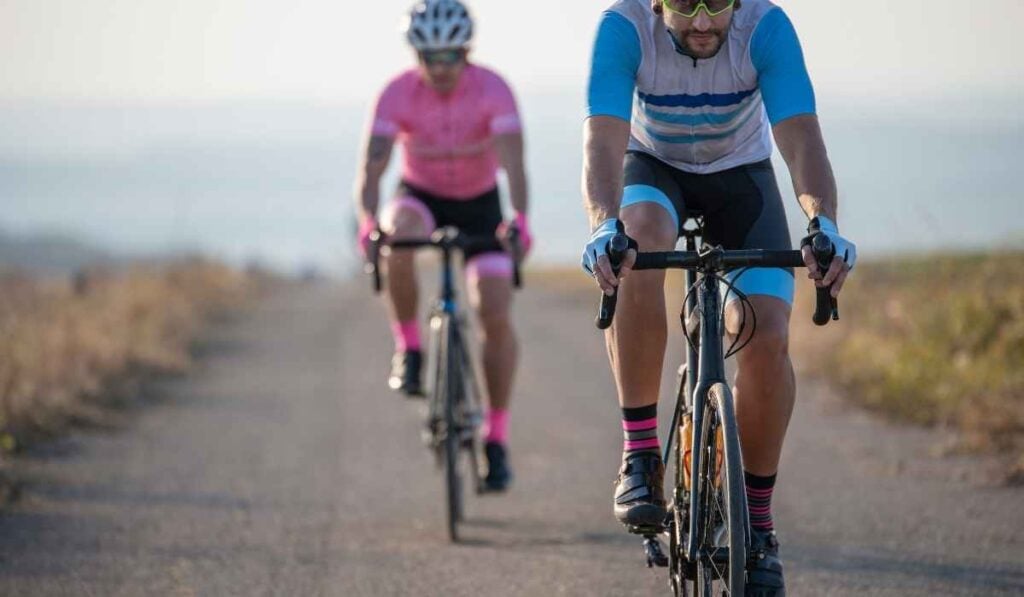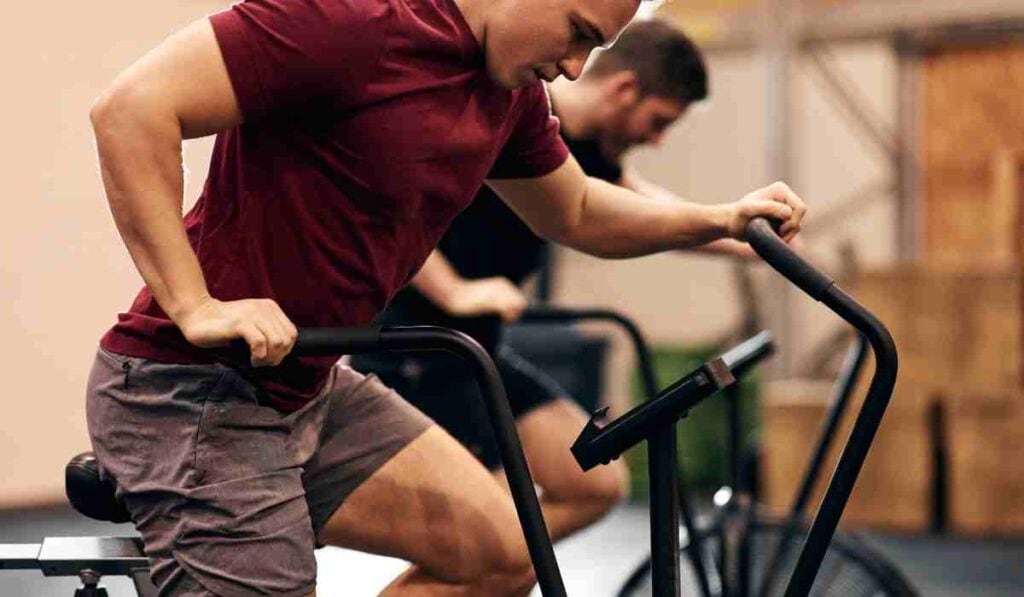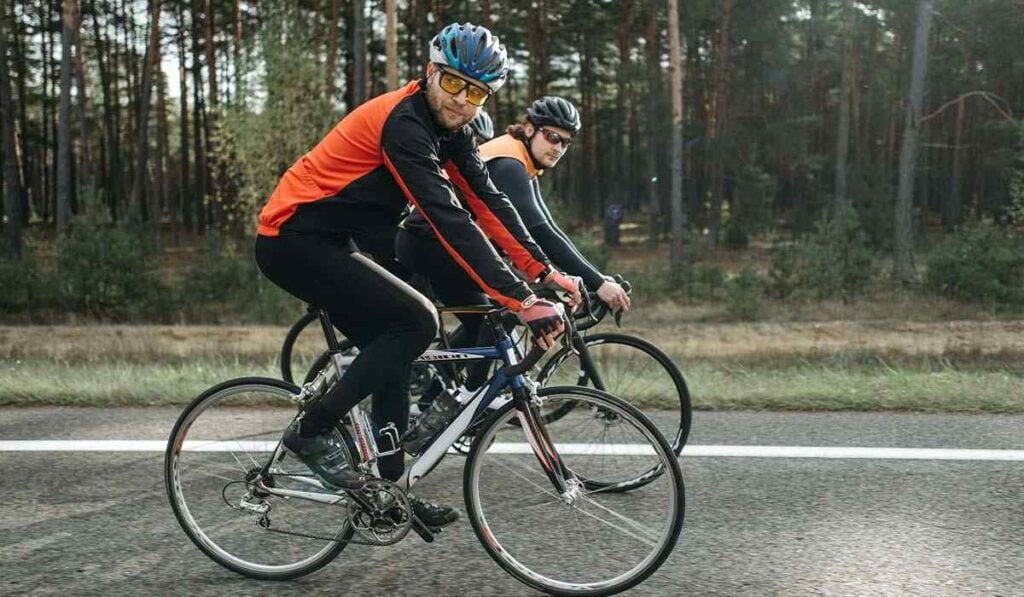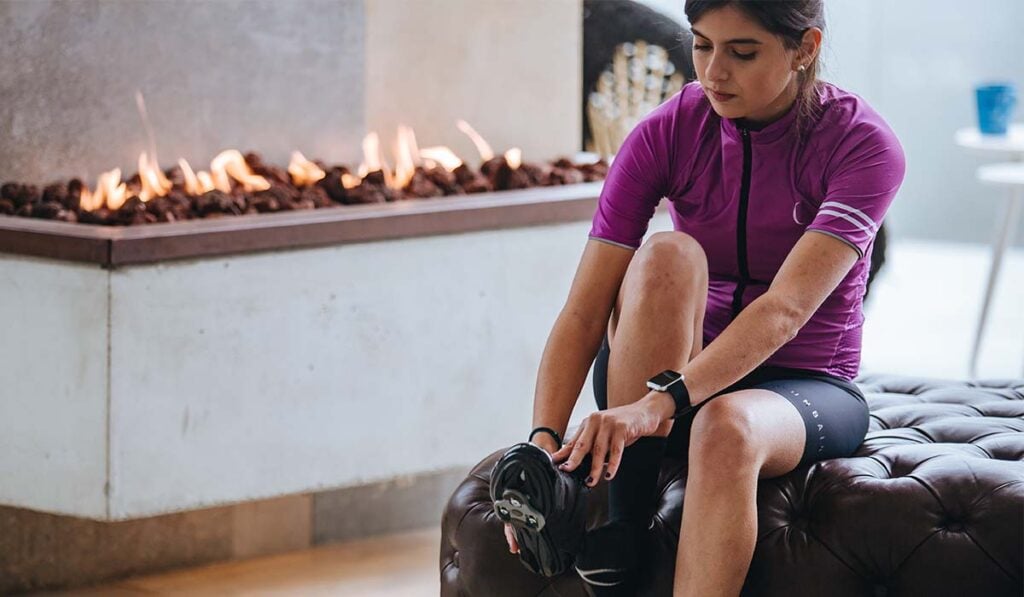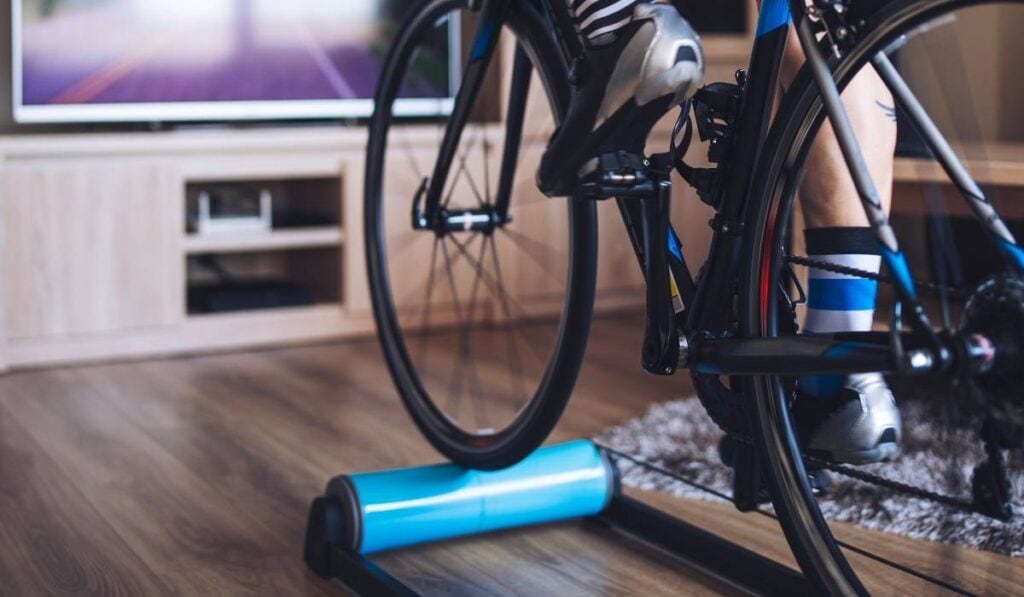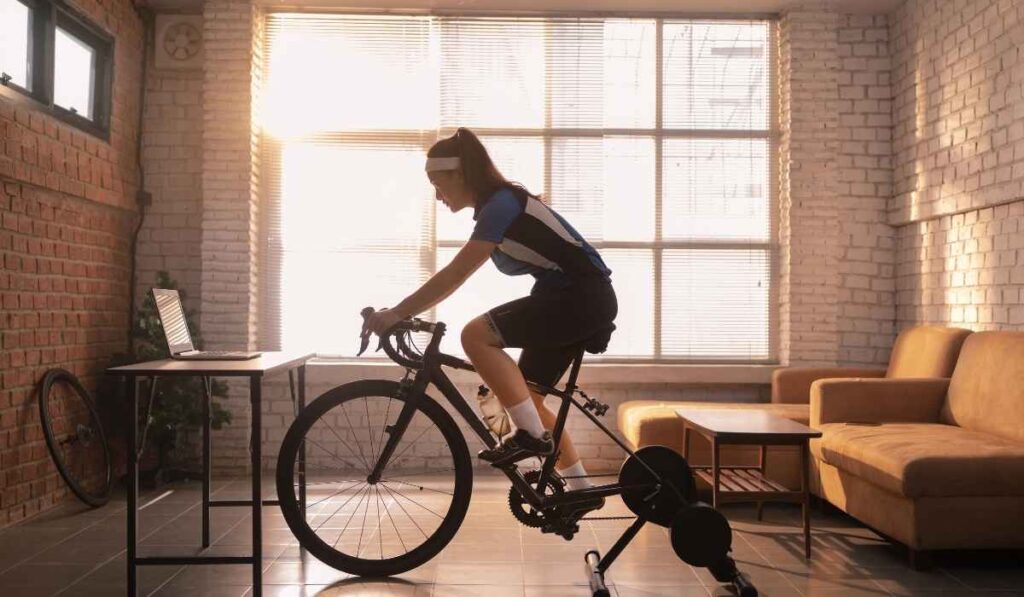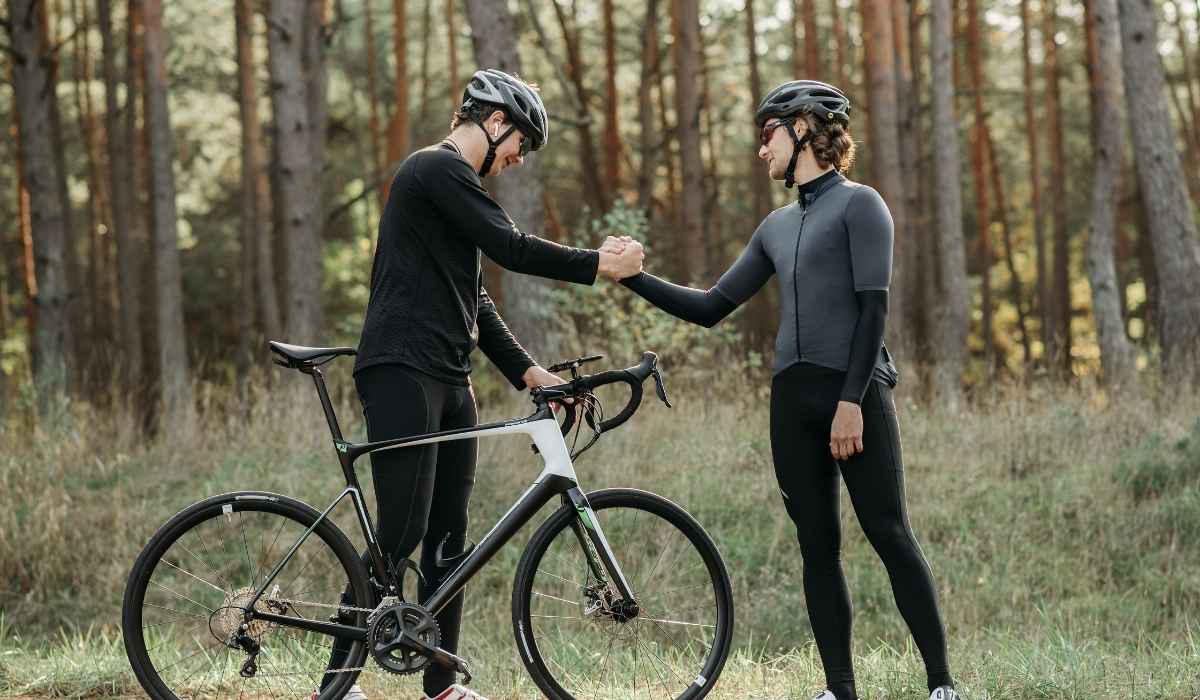
Top Exercises to Strengthen Your Grip
If you’ve ever seen cyclists shaking out their hands during long descents or endurance mountain biking events, it’s likely because they’re experiencing grip fatigue or hand pain. If you’ve experienced this yourself, you also know how uncomfortable it can be!
Although grip strength isn’t a very popular discussion topic among cyclists, it’s important. A weak grip can cause issues while you ride, leading to immense discomfort and, ultimately, affecting your performance. Let’s examine why grip strength is important and how you can improve yours.
Why is grip strength necessary for cyclists?
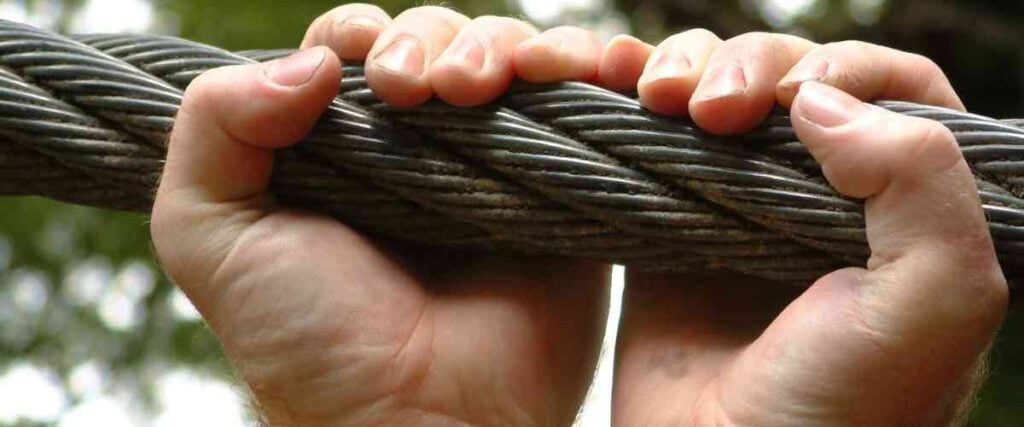
Sure, having a solid handshake is something to be admired. But did you know health experts also consider grip strength a helpful indicator of overall health?
Research shows having a weak grip is associated with increased mobility and mortality issues later in life.1 One such study found that grip strength was lower among healthy weight adults with diagnosed and undiagnosed diabetes and high blood pressure.2
For cyclists, a weak grip may not only indicate an increased risk for health issues down the line, but it can also affect their biking performance. For example, a weak grip can make you ride slower, mainly when riding through rough terrain or on a long descent. This is because when your hands are fatigued, you have a harder time gripping the handlebars and brakes, which causes you to ride slower and more cautiously.
If you work to improve your grip, you’ll be able to ride faster and also more confidently, giving you an edge over the competition.
What causes poor grip strength?
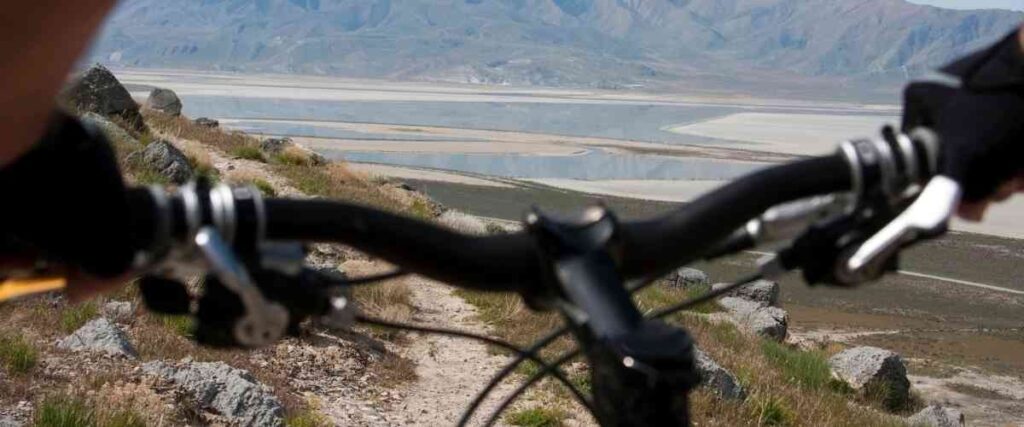
You’re not alone if you tend to have a weak grip while you cycle. It’s a common issue that may be caused by one of the following things:3
- Pinched nerves: If you only have a weak grip on one side, it could be due to pinched nerves in your neck and shoulder or any abnormal pressure on those nerves.
- Nerve entrapment: This medical condition occurs when your nerves become compressed and restricted due to trauma, injury, or repeated overuse.
- Tendon issues: Tendon injuries in your elbow or forearm can cause poor grip strength, too. Typically, the grip weakness is due to the pain from the injury.
- Inactivity: If you’ve ever heard the phrase “Use it or lose it,” that applies to this situation. Not using your grip frequently can lead to poor grip strength. For instance, your grip strength could suffer if you don’t work out regularly or your daily activities don’t require much gripping or carrying.
What muscles are responsible for grip strength?
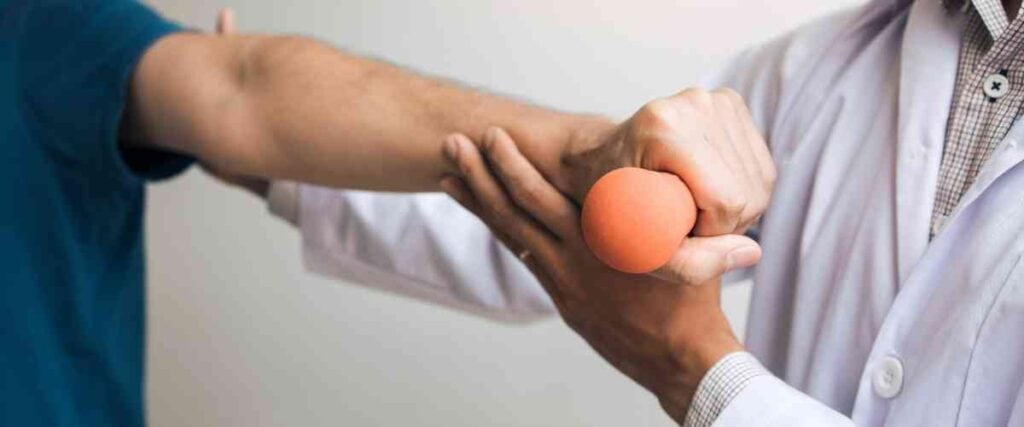
Like many other bodily functions, specific muscles are responsible for grip strength. They include:4
- The flexor digitorum superficialis (FDS) is the largest flexor in your outer forearm. It helps you flex all your fingers, except for your thumb.
- The flexor digitorum profundus (FDP) are tendons that run down your forearm, hands, and fingers before entering the fingertip bone. Unlike other flexors in your hands and fingers, the FDP runs closer to the bone.
- The flexor pollicis longus (FPL) is a long muscle in your forearm that inserts into your hand. It’s responsible for moving your thumb.
To strengthen these muscles, you just need to work them more often. Below, we’ve included some recommended exercises to help improve your grip by strengthening your FDS, FDP, and FPL.
Improve your grip with these three exercises

There are three main types of grips that are important for cycling:
- A crush grip is when you squeeze something between your fingers and palm. An example of this is wrapping your hands around your bike’s handlebars.
- A support grip is when you hold onto things or hang from something. For instance, when you do a pull-up or carry groceries inside from the car.
- A pinch grip is when you hold an object between your fingertips and thumb, like a piece of paper or a plate.
The following exercises can help you improve your grip and enhance your cycling performance. All you need to perform them are weights, a pull-up bar, and space to walk.
Farmer’s Walk
- Hold one dumbbell or kettlebell in each arm and hang your arms down by your sides.
- Stand and hold the weights at your sides for 60 to 90 seconds. Alternatively, you can also walk around while you hold the weights.
- Set the weights down and rest for a minute.
- Repeat.
Bar Hang
- Grab onto a pull-up bar.
- Instead of doing a pull-up, allow your body to hang there for as long as your grip will allow.
- When your grip starts to fail, drop back down to a standing position.
- Rest for 1 to 2 minutes.
- Repeat five sets.
Pinch Twists
- Find a heavy object you can lift and hold with your fingertips, such as a thick book or weight plates if you have them.
- Lay the object on the floor on your right side.
- Bend over and grasp the object with your right hand using a pinch grip. Lift it as you return to a standing position.
- Raise your right arm straight out in front of your body and hold it there. Or, rotate your wrist while you hold the object, alternating from a palm up to a palm down position.
- Rotate your wrist 10 times with your right hand before gently setting the object back down on the floor.
- Move the object to your left side and repeat with your left hand.
- Repeat 5 sets and rest for 1 to 2 minutes between each set.
Once you’ve repeatedly done these exercises for several weeks, test out your grip on an outdoor or indoor ride with Vingo to see how it has improved.
Key Takeaways:
Grip strength is an important indicator of overall health and can also affect your cycling performance. The best way to strengthen your grip is with specific exercises that will work the muscles in your forearm responsible for grip. Practicing different types of carries at home or the gym will improve your grip strength and general health.Sources:
- Bohannon, R. W. (2019). <p>Grip Strength: An Indispensable Biomarker For Older Adults</p> Clinical Interventions in Aging, Volume 14, 1681–1691. https://doi.org/10.2147/cia.s194543
- Mainous, A. G., Tanner, R. J., Anton, S. D., & Jo, A. (2015). Grip Strength as a Marker of Hypertension and Diabetes in Healthy Weight Adults. American Journal of Preventive Medicine, 49(6), 850–858. https://doi.org/10.1016/j.amepre.2015.05.025
- Depp Pt, J. (2022, April 6). Why a strong grip is important, and how to strengthen those muscles. Is Grip Strength More Important than We Think? | Ohio State Health & Discovery. https://health.osu.edu/wellness/exercise-and-nutrition/why-a-strong-grip-is-important
- Ambike, S., Paclet, F., Zatsiorsky, V. M., & Latash, M. L. (2014). Factors affecting grip force: anatomy, mechanics, and referent configurations. Experimental Brain Research, 232(4), 1219–1231. https://doi.org/10.1007/s00221-014-3838-8



